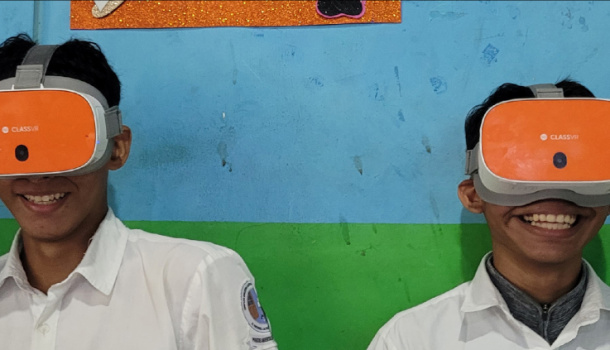Other kinds of digital learning solutions could include existing or commercial digital assets, repurposed for education. One example of this is the Consolarium Project in Scotland, which explored the potential of using mainstream video games as educational tools, rather than ‘edutainment’ products.
Applications and Software A computer is no longer a piece of kit prized in its own right but a gateway to the cloud. The cloud has been a major game changer for digital learning. In the past schools had big servers and stored student work and student records. If it failed, then all their work was lost.
Apps are rapidly taking over from websites, texting and email as a way for schools and nurseries to keep in touch with parents. It is free Unlike websites for parents to use and as it is a ‘push’ technology – the alerts appear on the phone instead of the user having to remember to go to particular sites to find information. It is useful for day-to-day communication such as timetables, photographs of activities and even for showing what the child has eaten at lunchtime.























